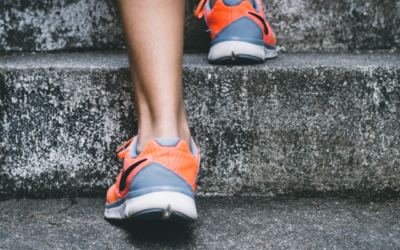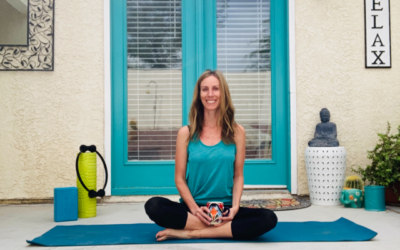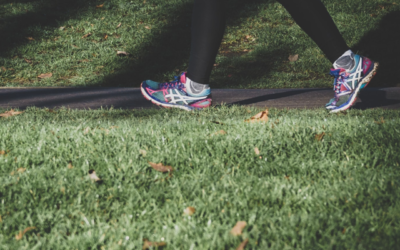Abs & Obliques
Did you know that sit-ups are not the best, most effective way to get a stronger core or achieve the look of abs?
I am not the personal trainer who will make you do sit-ups, but I will help you get the flat, strong core you crave. First, I want to start off by explaining why sit-ups are really not that great for most people.
If you’ve got a body like Britney Spears (or close to), then knock yourself out – all day, everyday. But most of us do not look like her. So this means that sit-ups can actually hurt us more than help us.
That’s because sit-ups and crunches require you to be supine and only ask the surface muscles of your core to engage. This can cause lower back pain. Does your back hurt when you do sit-ups?
If you really want to build a stronger core, burn fat and see that pack of muscle definition, then check out these tips:
– Watch what you eat. Yes, abs are made in the kitchen
– Add HIIT to your workouts 2 days a week
– Burpees, mountain climbers and sliders are your friends
– Twist and bend; move in all 3 planes of motion
I’m going to focus on Mountain Climbers (in all 3 planes of motion) today, but I will address the other tips in future articles.
Before you do mountain climbers in all 3 planes of motion, make sure you can sustain a plank for at least 30 seconds. Look to the bottom of this page for an instructional video on how to properly plank.
Okay, now on with climbing that mountain! (Sagittal plane)
- Start in a plank position
- Without raising your hips or dipping your back, bring your right knee to your chest
- Bring it back to plank position.
- Repeat on the other side
- Repeat this as fast as you can for 30 seconds without breaking form
Cross mountain climbers; (Transverse plane)
- Start in a plank position
- Bring your right knee to your left elbow. This is the twist that engages your obliques
- Bring it back to a plank position
- Repeat on the other side
- Repeat as fast as you can for 30 seconds without breaking form
Side mountain climbers; (Frontal Plane)
- Start in a plank position
- Bring your right knee to your right elbow
- Bring it back to a plank position
- Repeat on the other side
- Repeat for a total of 10 on each side
When you work your abs and obliques like this, you’re working against gravity and asking more muscles to work at once, rather than laying on the floor and only engaging the surface muscles.
Next month I will talk about the transverse abdominis and the quadratus lumborum and that will wrap up the year of focusing on each part of the body with basic, beginner level exercises. (Did you catch that theme this year? 😉
Is there something on the topic of exercise you want to know more about or get tips on? Contact me to let me know!
How to Plank
Plank Details
Muscles Worked: This is truly a full body stabilization move. In which your shoulders down to your heels are activated or engaged.
How: A basic plank is in the video, from beginner to more progress. However, you should only progress an exercise once you’re no longer being challenged with the beginner exercise. You know your body better than anyone, so build awareness on how things feel and slowly progress when you’re no longer challenged.
Who: Anyone who is not restricted by elbow, shoulder, or back pain, and wants to strengthen their core (low back included), while also getting a great full body stability workout in.
Where: A soft, stable surface like the floor, grass, carpet, or on a mat.
When: If you have no pain in your joints and can practice this with proper form, then you can do this whenever you feel called to as often as you’d like.
Why: Though planks work the full body, a lot of people include planks in their workout regime to build core strength and stability as the plank improves your ability to stabilize your spine and get in touch with your transverse abdominis. This helps us build a strong foundation and move and function better in day to day life.
Similar Posts
What’s the Best Form of Cardio?
Last year my movement blogs focused on strength training and I shared a move for each part of the body every month. A well rounded fitness routine has not just strength but cardio as well.
In this week’s blog I’ll answer these questions. What’s the best form of cardio? How long should a person do it for? How does cardio benefit a person?
3 Ways to Start an Exercise Routine (or any healthy habit) & Stick to It
A month into the New Year and you may be struggling with keeping up on your fitness goals. Don’t give up! I am here to help.
Why Walking is Key to Improve Your Health and Weight Loss
Many underestimate the positive effects a regular walking routine can have on the mind, body and spirit. There are even positive effects for those who want to lose weight. First let’s start with five ways walking is a great place to start when wanting to enhance your health routine.






